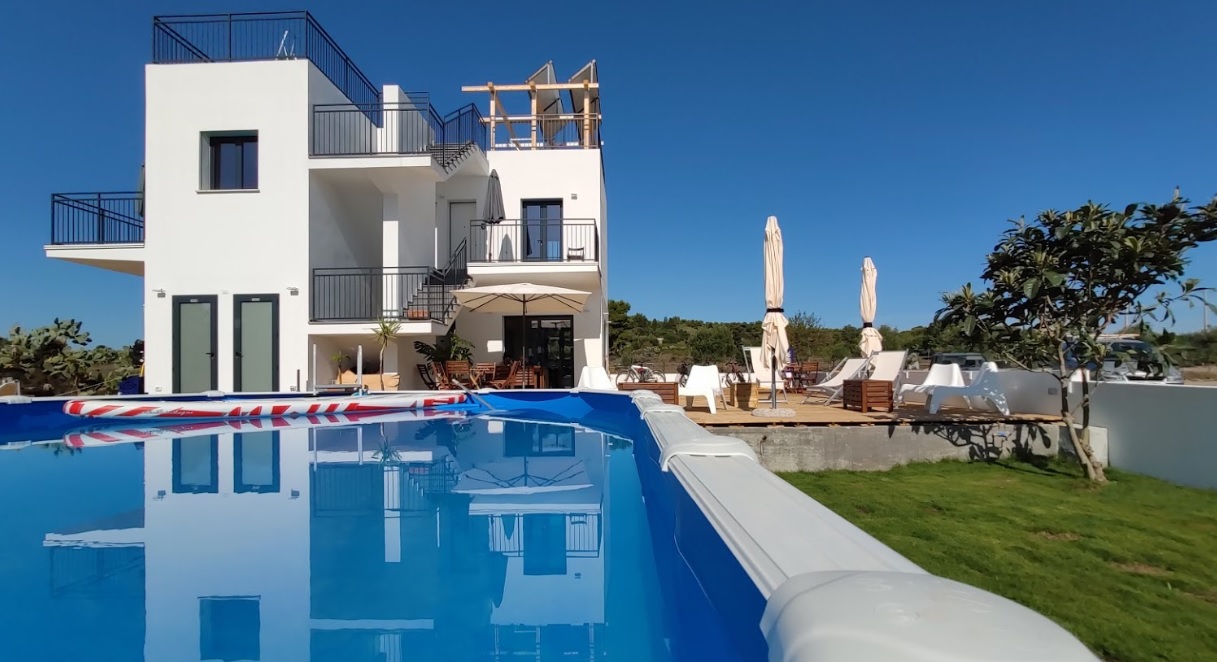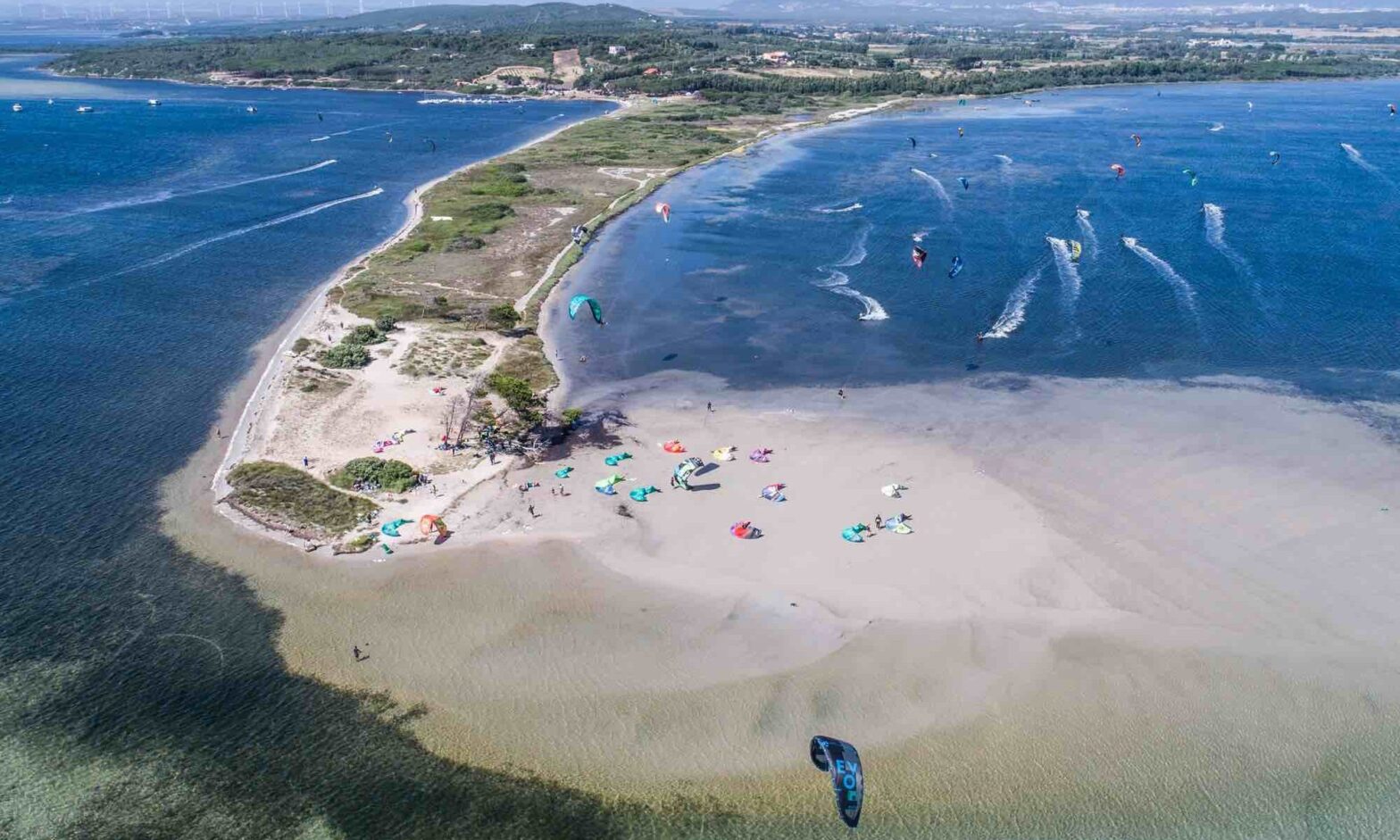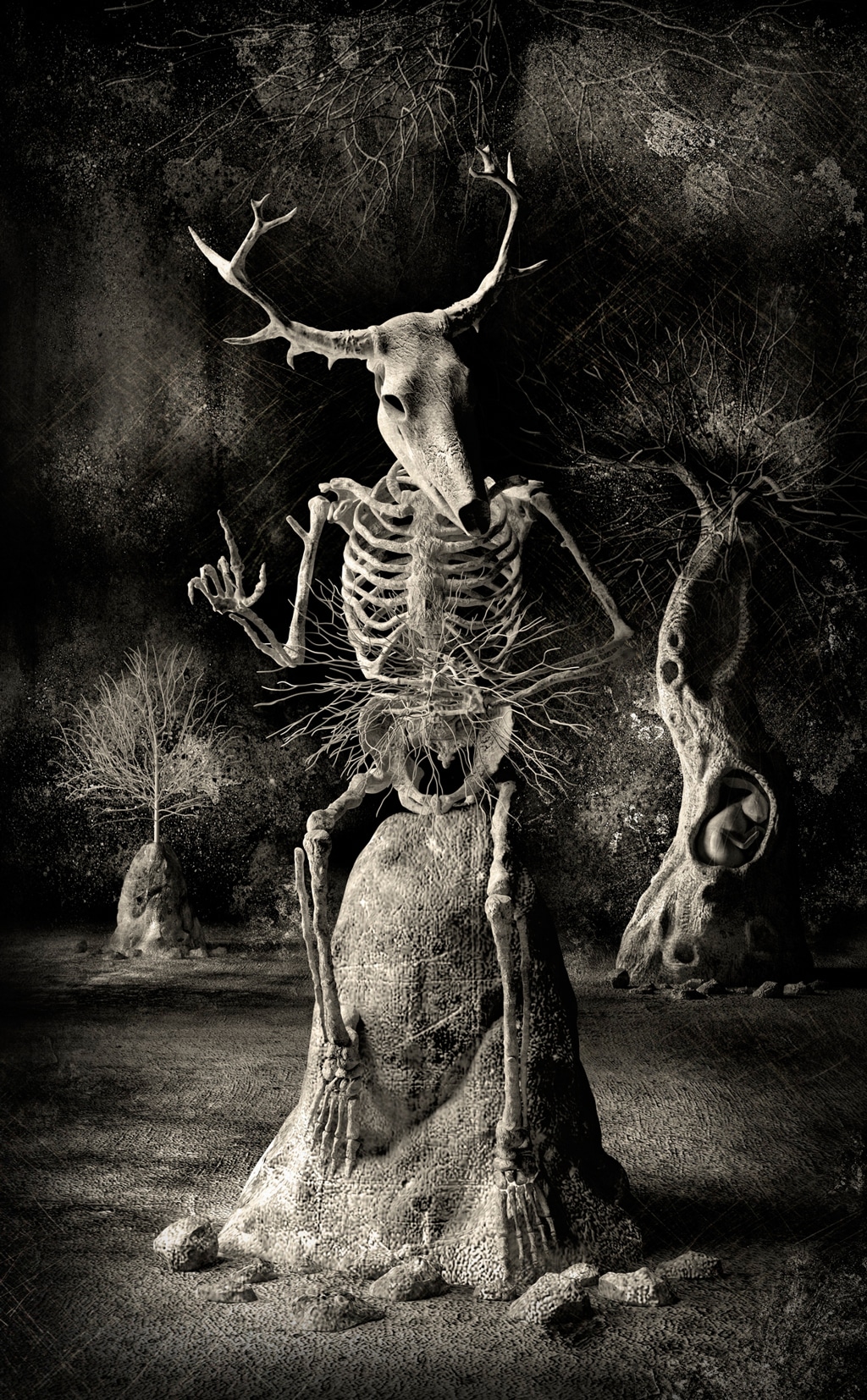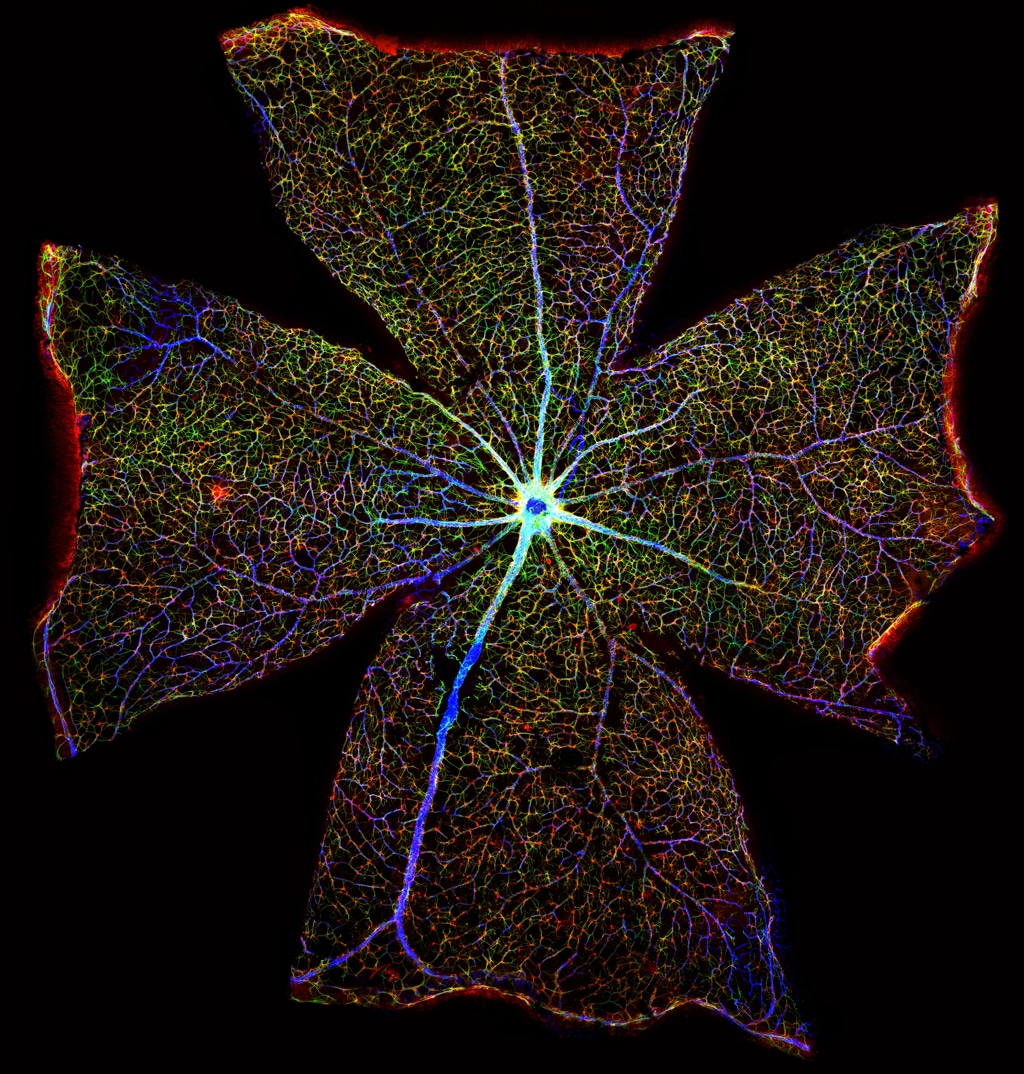In this post we will introduce and we will give you photos of the 3 best kite spot of Sardinia, the beutiful island of the mediterranean sea: the 3 best kite spots are Punta Trettu, Cagliari and Porto Pollo.

Where to Kitesurf in Sardinia
The winds that blow on the coasts of Sardinia are really good for all sailing sports including kitesurfing. Kitesurf is no longer considered an extreme sport but, thanks to the evolution of equipment and the new teaching techniques, is considered a sport accessible to anyone who likes to enjoy it.From the South of Sardinia to the North, there are 3 main kite spots that are considered among the best kite spot in Europe: Punta Trettu, Cagliari and Porto Pollo.
Kitesurfing in the Southern Sardinia: Kitesurf in Cagliari and Petrol Beach
In the south of Sardinia, there are 2 main kite spots: Cagliari and Petrol beach. For both these kite spots, the best winds are all wind blowing from south and east. other winds like mistral (blowing from north-west) are offshore and for this reason, for kitesurfing, a rescue boat is always needed. Cagliari is the Capital of Sardinia island and is a very windy place with a big beach, the Poetto beach. Here at the Poetto Beach of Cagliari, kitesurfing is allowed from October to end of April (during the summer season, from May to September, kitesurfing is not allowed because the beach is too crowded with swimmers and there are no kite zones) and changing “bus Stop” (Poetto beach is divided in “bus stop”), conditions for kitesurfing are different and tailored to all kite levels.
During the summer (months from May to September), to kitesurf in the area of Cagliari, when thermal wind and wind from south and east are blowing, kiters are moving to Petrol Beach. Located just a 20 minutes from the center of Cagliari, Petrol Beach (the right name is La Maddalena Spiaggia) is the right kite spot for kitesurfing and to learn to kitesurf. Here at Petrol beach, the best wind is the thermal wind that remains steady all the afternoon, with a flat water.

Kitesurfing in the Southwest of Sardinia: Kitesurf in Punta Trettu
Along the southwestern coast, Punta Trettu is one of the best kite spots in Sardinia and Europe, one of the best in the world. Punta Trettu is considered a Kitesurf Paradise because the flat and shallow water, the sandy bottoms and the wind that blows steadily all year round. Thanks to the position of the bay, Punta Trettu is exposed to all winds: Mistral, Ponente (west), Sirocco (south-east), levante (east) and Libeccio (south-west). Due to this high exposure to the winds, enjoy kitesurfing in Punta Trettu is almost always guaranteed. In Punta Trettu, one of the best kite center if the Punta Trettu Kite Center that offers also accommodation at the Punta Trettu Kitesurf House Sardinia.

We can say that Punta Trettu Kite Beach is the best Spot for Kitesurfing Sardinia.
Kitesurfing in the Northern Sardinia: Kitesurf in Porto Pollo
Porto Pollo, in the north of Sardinia, is one of the most famous places for windsurfing and kitesurfing. It became famous in the 80s thanks to windsurfing events and regattas. The spot of Porto Pollo consists of a strip of sand that connects Sardinia to the Isola dei Gabbiani and divides the sea into two bays, one to the west and one to the east. Nowadays Porto Pollo is always frequented by many windsurfers and also by many kitesurfers as the winds blow very frequently, even if they are almost always very gusty.
Porto Pollo is located about 35 km from Olbia, after Palau, from which, to reach Porto Pollo, you have to move in the direction of Santa Teresa di Gallura. Once you meet the signs for Isola dei Gabbiani, just continue for about 5 km before reaching the destination, which will suddenly appear on the right.
The eastern bay is reserved for windsurfers, the area for kitesurfing is located to the western bay, on the way to the Isola dei Gabbiani (island of seagulls). The kite zone is not very large, so the kite courses are held with a support boat that takes the students out into the water. The dunes along the bay provide refuge for non-kiters looking to get a tan. There are also a couple of cafes and bars on the beach.







